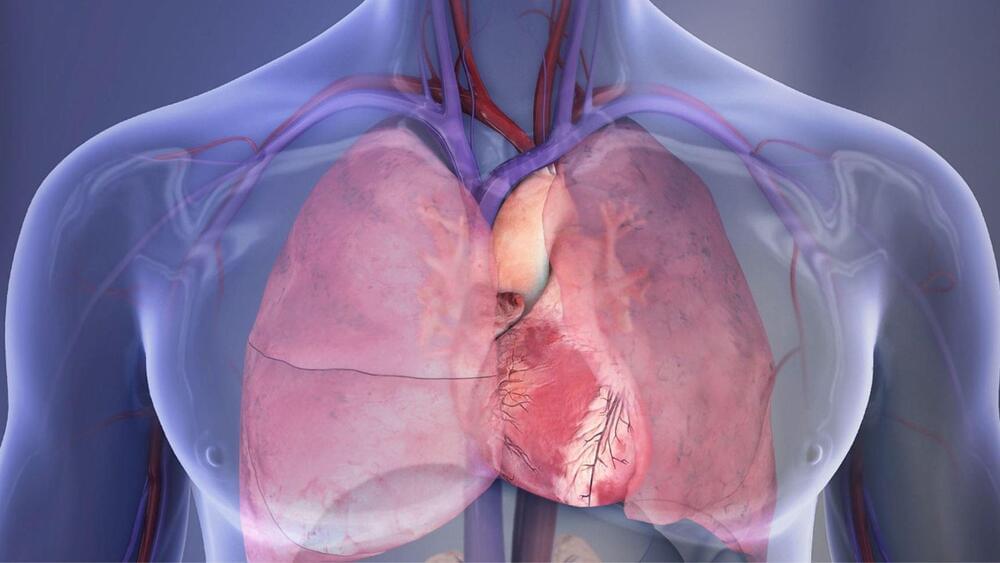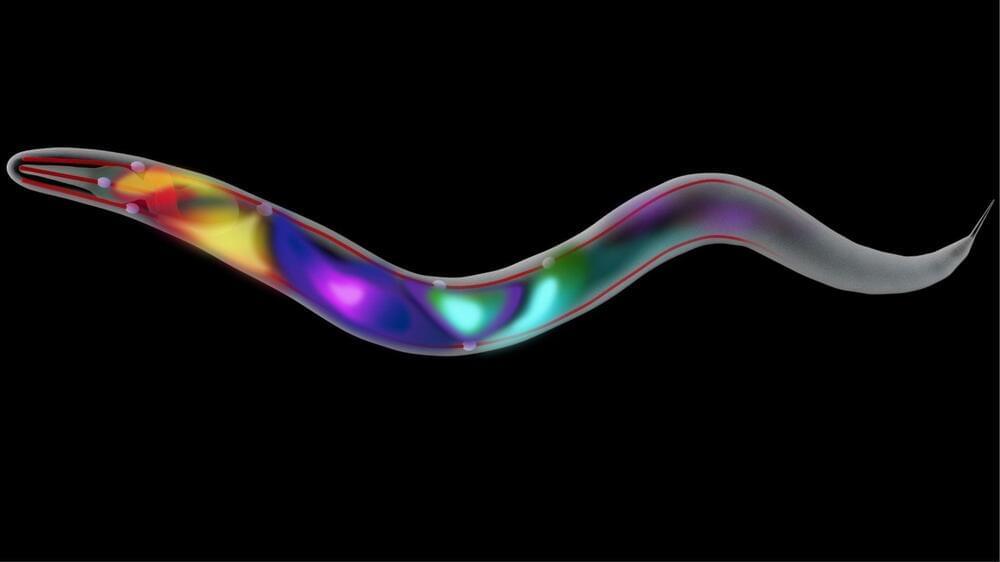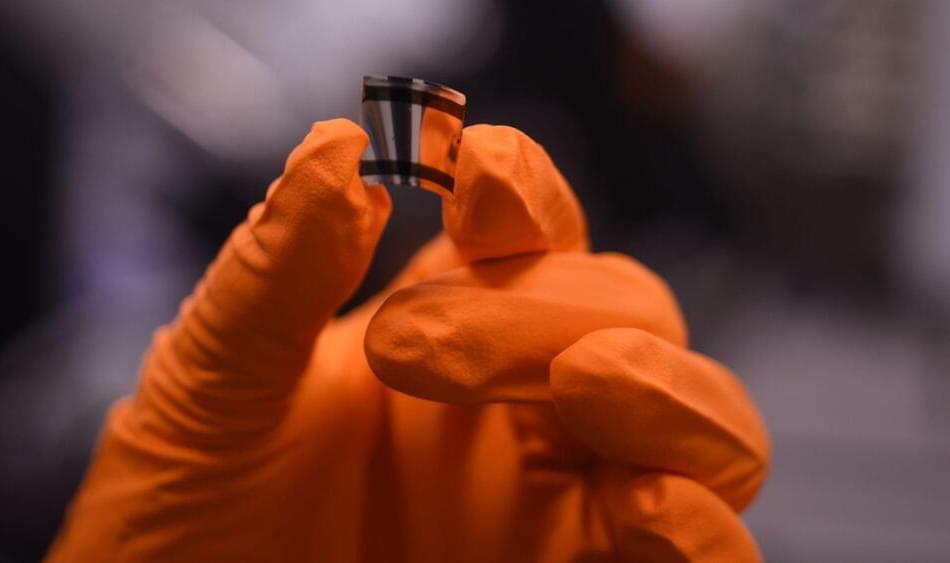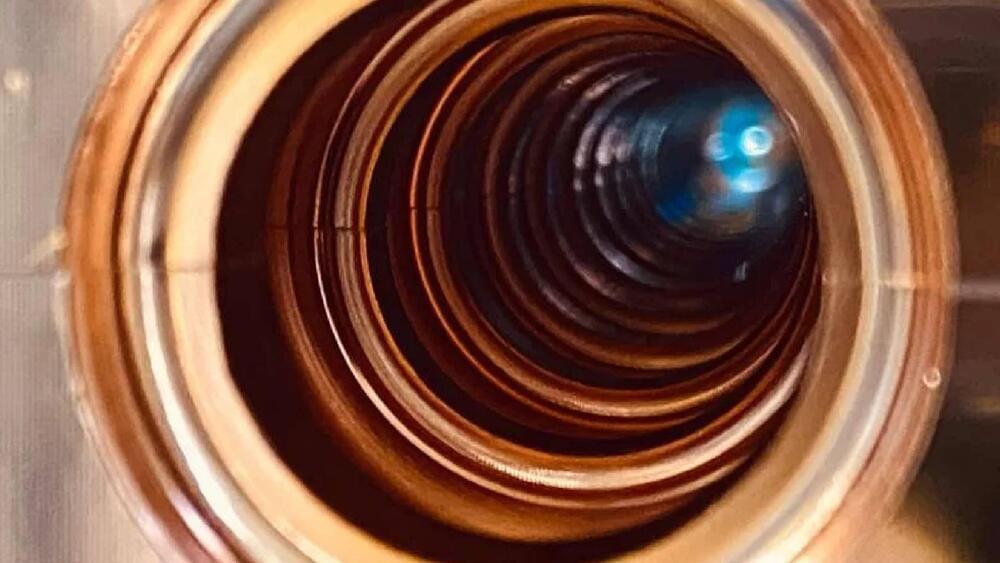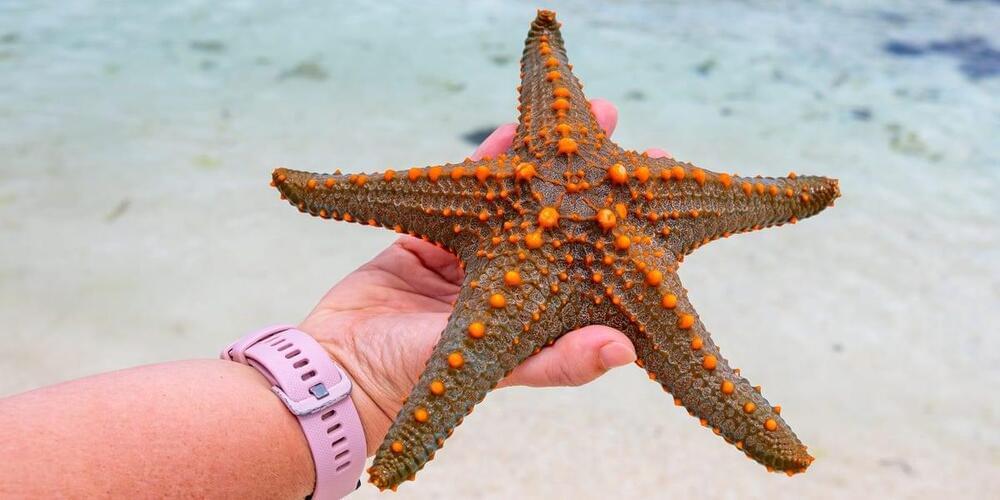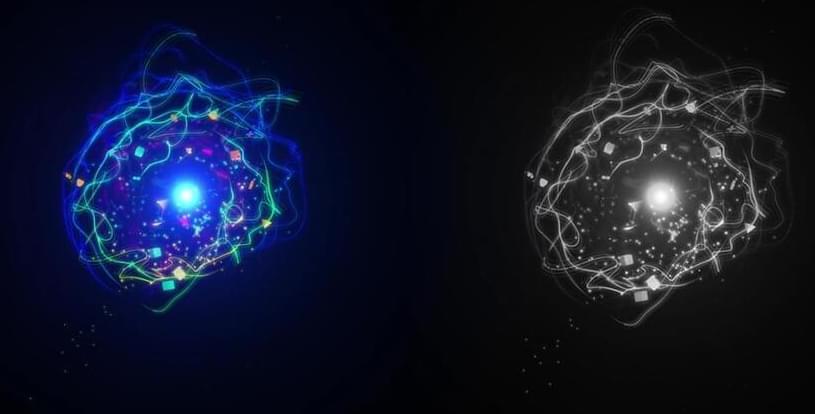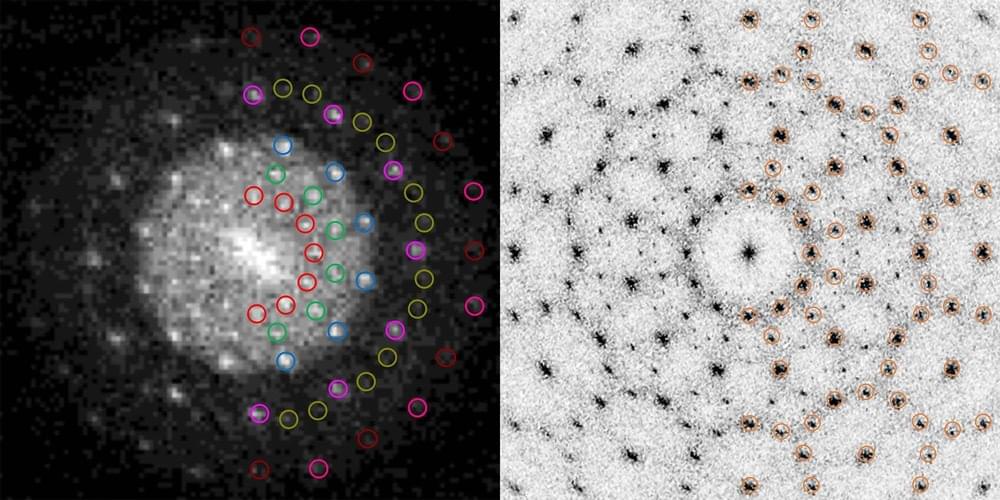This research is still in the initial stages and needs further investigation before it becomes part of the pacemakers used today.
Researchers at the University of Washington (UW) in Seattle successfully designed a leadless pacemaker that can be partially charged using energy generated by the beating heart. The research findings will be presented at the American Heart Association’s (AHA) Scientific Sessions to be held later this weekend, a press release said.
Pacemakers are small devices that detect a patient’s heartbeat and send electrical pulses to the heart if it needs to be paced. According to the AHA’s report, as many as 93,000 pacemaker and defibrillator procedures were performed in the US in 2018.
